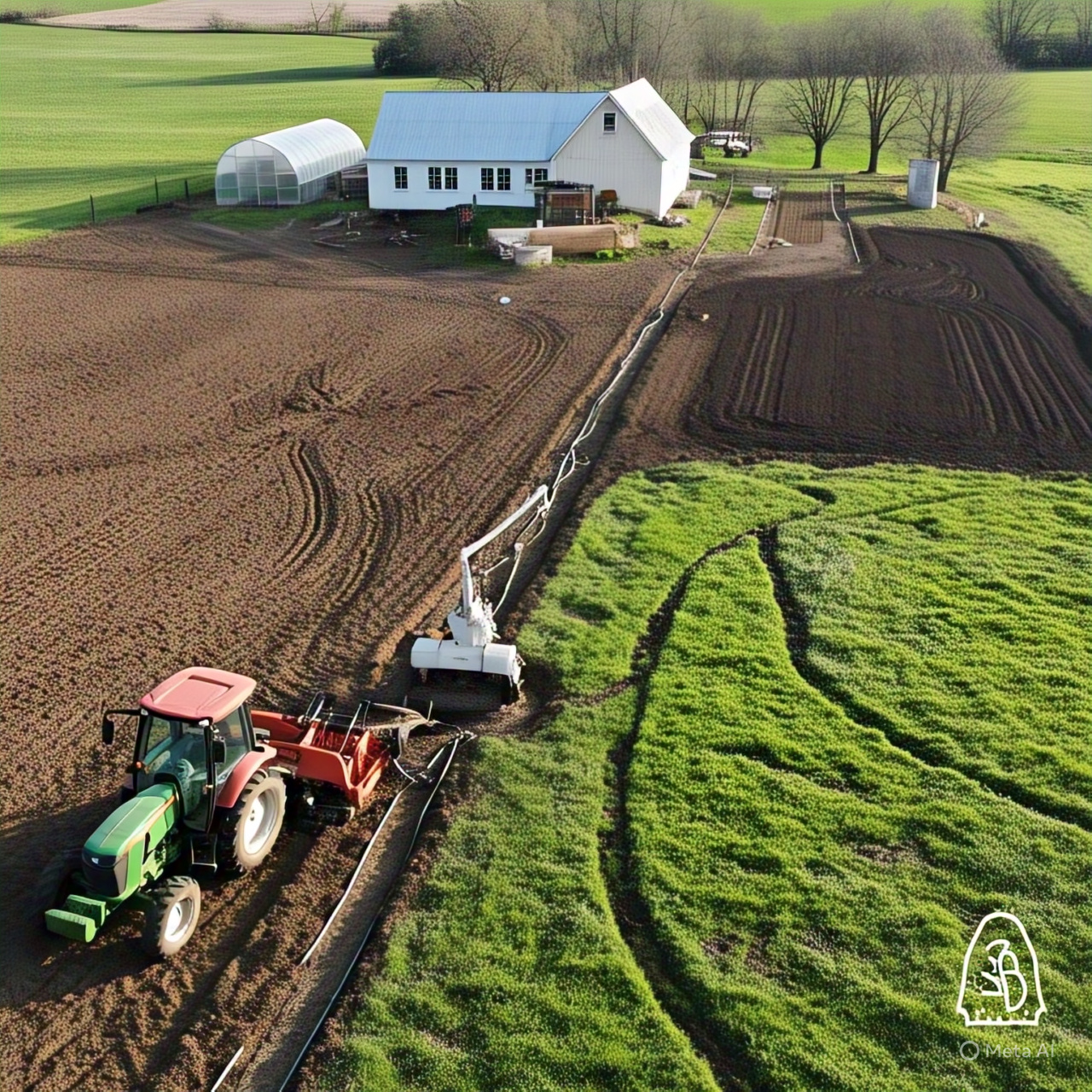Imagine transforming your quaint, pastoral landscape into a bustling hub of agricultural innovation and economic vitality. What if the gentle rustle of crops heralded not just a harvest, but the dawn of a lucrative business venture? Whether you’re inheriting a family legacy or starting anew, the path to turning your small farm into a thriving enterprise is lined with opportunities—as well as challenges. This guide will light your way, showing you how to cultivate not only the land but also a sustainable and profitable business model.
Paving the Path to Farm Feasibility
Embarking on the journey of starting a small farm is exciting, yet it requires careful planning to ensure success. The first step is conducting a thorough feasibility study to assess the potential of your land. This involves examining the physical and environmental characteristics, such as soil quality and water access, to determine if they meet farming needs. It’s also crucial to understand local market demands for various crops, as this knowledge will guide your decisions on what to grow. By evaluating these factors, you’ll be well-prepared to cultivate crops that promise the best returns.
Crafting a Visionary Farm Plan
With a clear understanding of your land’s capabilities, the next step is to create a strategic farm plan that balances crop rotation with livestock management. Integrating these elements can lead to a sustainable farming system that maximizes yield and minimizes waste. This approach not only diversifies your activities but also enhances soil health and nutrient recycling. By collaborating with other farms, you can further boost your farm’s economic and social potential, creating a network of mutual benefit.
Harnessing Eco-Friendly Practices for Farm Profitability
To ensure your small farm thrives, adopting sustainable practices is key. Focus on improving soil health to increase crop yields, aligning with global goals for sustainable food production. Implementing efficient water conservation methods, like drip irrigation, helps mitigate water scarcity and supports long-term resource management. Additionally, embracing Integrated Pest Management (IPM) reduces chemical usage, promoting an eco-friendly approach to pest control. These practices not only protect the environment but also enhance your farm’s economic viability by lowering operational costs.
Embracing Innovation with Farm Technology
Incorporating modern technology into your farming operations can significantly boost productivity. By using tools like drones for precision tasks, you can manage large-scale operations with minimal labor. Smart sensors provide valuable data on soil moisture and crop health, enabling better resource management. Coupling these technologies with comprehensive farm management software streamlines operations and provides data-driven insights, optimizing your farming practices. This strategic use of technology not only enhances efficiency but also supports environmental sustainability, paving the way for improved market access.
Navigating Financial Strategies for Farm Prosperity
Managing your farm’s finances effectively is crucial for long-term success. Start by developing a robust budget plan that assesses your current financial situation and sets clear goals. Consider applying the 50/30/20 rule for resource allocation, ensuring a balanced approach to essentials, wants, and savings. Exploring funding options, such as small business grants, can provide the capital needed for growth. Staying informed about financial trends will help you maintain financial health and focus on expansion and innovation.
Direct-to-Consumer Sales for Maximum Impact
Developing direct-to-consumer channels is vital for maximizing your farm’s profitability. Farmers’ markets offer a platform to build a local customer base, stimulating local economies and supporting community engagement. Embracing Community Supported Agriculture (CSA) programs secures customer loyalty by allowing consumers to pre-purchase shares of your seasonal produce. Expanding into online platforms can further boost sales, with D2C e-commerce sales expected to grow significantly. These strategies enhance your brand’s presence and ensure a steady revenue stream.
Designing Business Cards for Lasting Impressions
To effectively promote your farm, consider designing and printing custom business cards. High-quality materials and professional designs communicate your farm’s unique brand identity. Streamlined processes allow you to print business cards online easily, ensuring affordability without compromising quality. Utilizing an app with generative AI capabilities simplifies the design process, offering templates and editing tools to create cards that align with your marketing goals. This approach ensures a lasting impression and helps your farm stand out in the competitive agricultural market.
Your small farm’s journey from a tranquil plot of land to a thriving business is an inspiring testament to innovation and perseverance. In a world increasingly focused on sustainability and local economies, your farm can become a beacon of progress and resilience. With the right blend of traditional knowledge and modern strategies, you’re not just growing crops; you’re cultivating a legacy that intertwines with the very fabric of your community and the broader movement toward sustainable agriculture. Let your farm be a testament to what is possible when passion meets pragmatism, creating prosperity that nurtures both the land and the soul.
